A, B, C, D. Shall we practice the alphabet? Oh, no, it’s just the Prague metro lines. Well, the first three. Metro D is still more of a project than a reality. Regardless of the current state of the Prague Metro, it is a complicated and sophisticated transport complex whose history dates back to the 19th century.
Bold beginnings with an ideological end

The first documented idea for an underground railway in Prague came in 1898. Its author was a prominent Prague businessman and merchant, Ladislav Rott. He wrote to the Prague City Council asking why, when the city was investing massively in modernizing the sewers and Prague’s underground, it did not build a railway to relieve surface traffic. The Prague City Council ignored Rott’s suggestion, branding it foolish and utopic.
Rott’s original idea has reappeared several more times in history. In the 1930s, the main idea was to run all the tram lines underground. After the occupation of Czechoslovakia by German troops, the Nazi administration began planning the construction of an underground Prague tramway and railway on the model of the Berlin one. The ambitious plan was abandoned as the war began to turn against the Germans.
What the Nazis failed to do, the Communists should have succeeded. They declared their determination to build the metro as part of the ethos of the working people. But they had to wait for the country to recover from the deadly grip of the war economy. That came in the 1960s.
The Golden (Metro) Sixties
Traffic in Prague became so unbearable in the 1960s that the need to build a metro was clear even to the most die-hard opponents. The main argument was the need to transport Prague residents from the newly built housing projects on the outskirts of Prague to the city center.
So in 1966, construction began. And the construction scarred the face of Prague forever. Blocks of buildings and entire city districts that stood in the way of the metro and co-built Prague Magistrale (Highway) were demolished.
The completion of the first section of the Prague metro took place in 1974 after several delays due to complications during construction. The opening ceremony took place on 9 May 1974 at 9:19 a.m. in the presence of the top communist leaders. A dessert called “Metro” was served in its honor, which is still made today due to its popularity among Czechs.
The Prague metro was such a critical project that a large portion of the then-Czechoslovak Socialist Republic budget was dedicated to it.
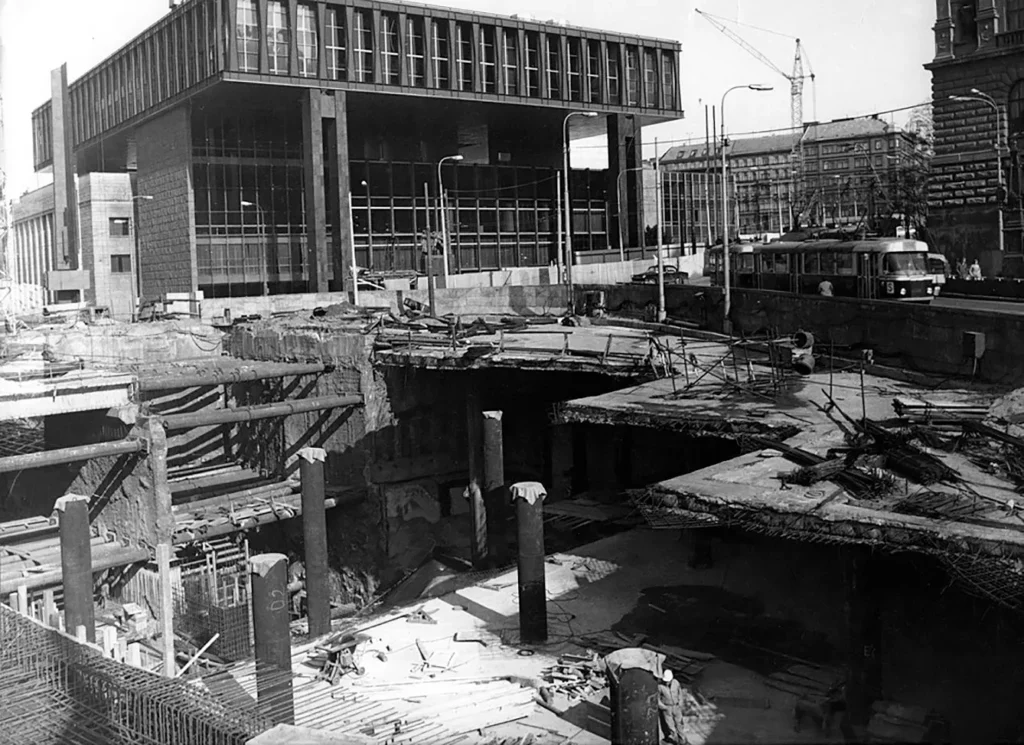
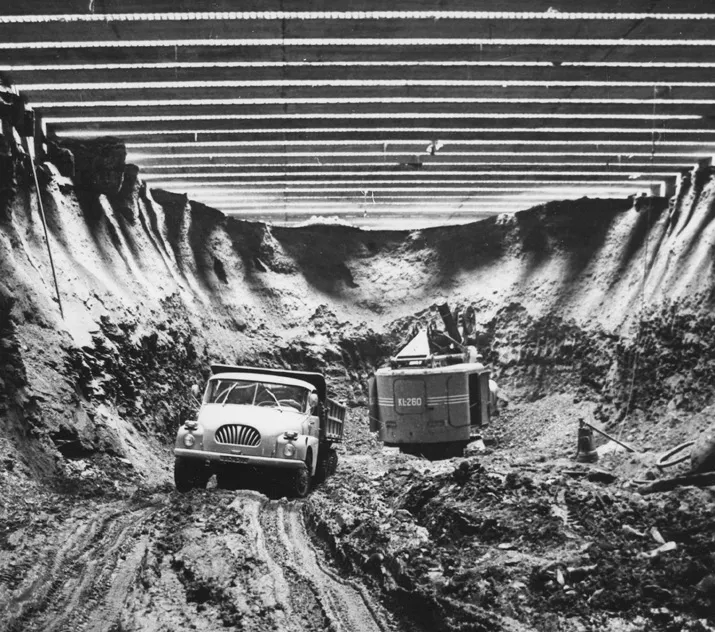
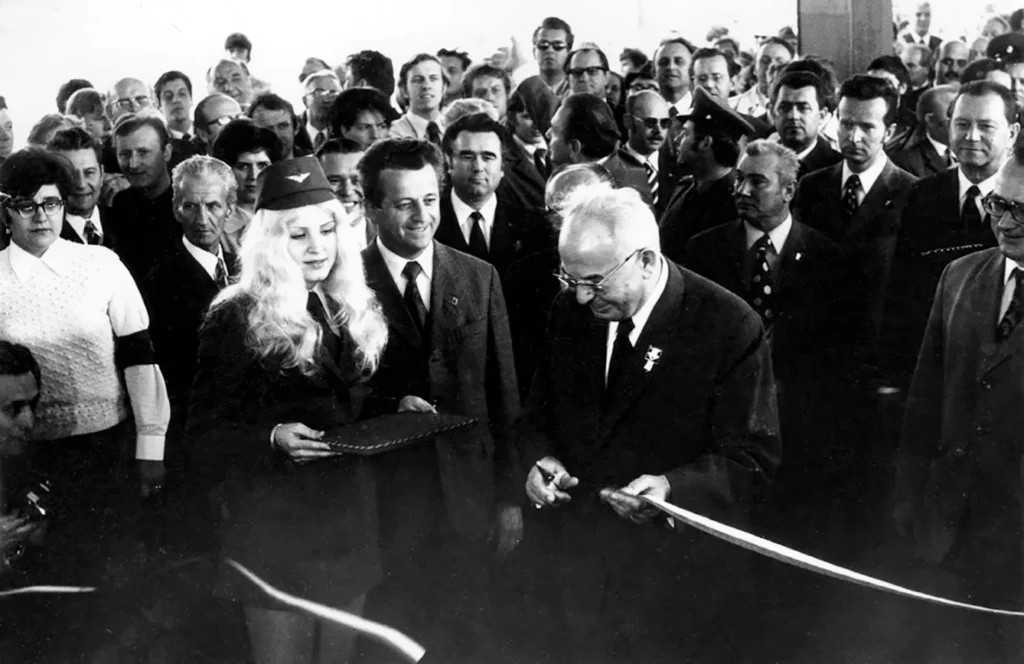
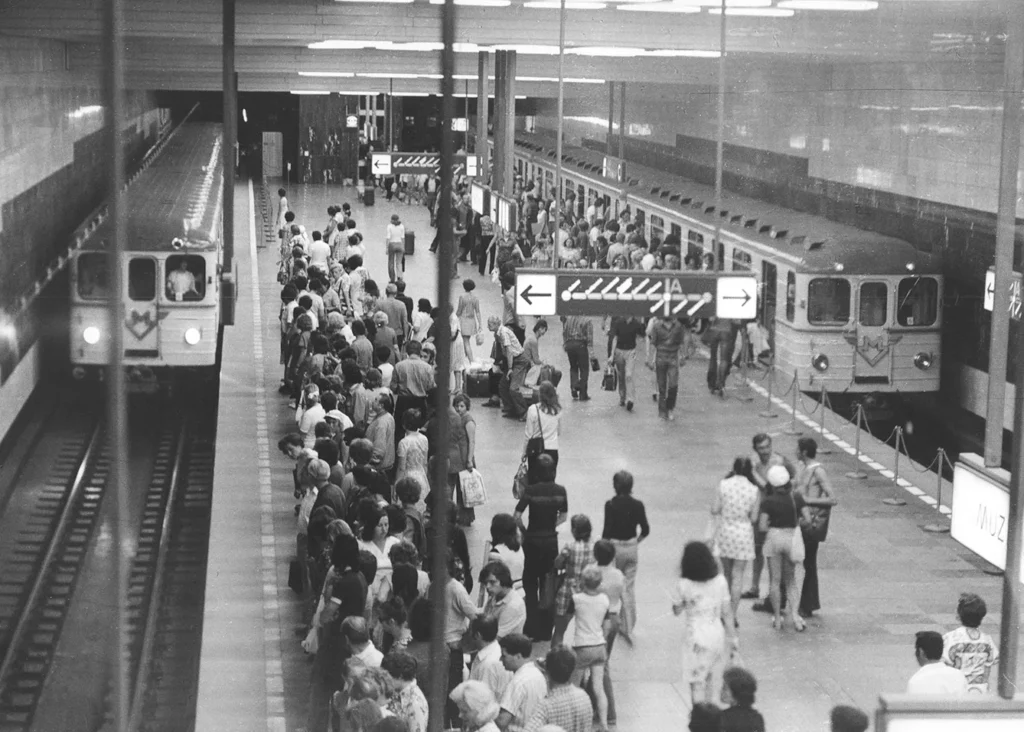
(Bottom right) Museum Station. Initially, only three-car trains ran. Photos: courtesy of Archiv DPP
The rest of the investment funds then went to housing construction needed for the growing population due to a robust pro-family policy. Thanks to and because of this allocation of budget resources, no spare funds were left for other strategic projects. One of the projects most affected by this lack of available funds was the construction of new nuclear power plants. Although nuclear power plants were not so necessary then, today, it is clear that they are critically absent from the energy resources of the Czech Republic.
A metrocar named Desire
From 1974 to the present, the Prague metro has been extended several times. It has grown from the original 9 to 61 stations, which cross most of the city on three lines (A, B, and C). It carries around one million people a day. Passenger numbers are slowly rising towards the pre-pandemic number of approximately 1,6 million passengers daily. The record year in transport was 1992 when the Prague metro carried 629.1 million passengers (1.7 million passengers per day).
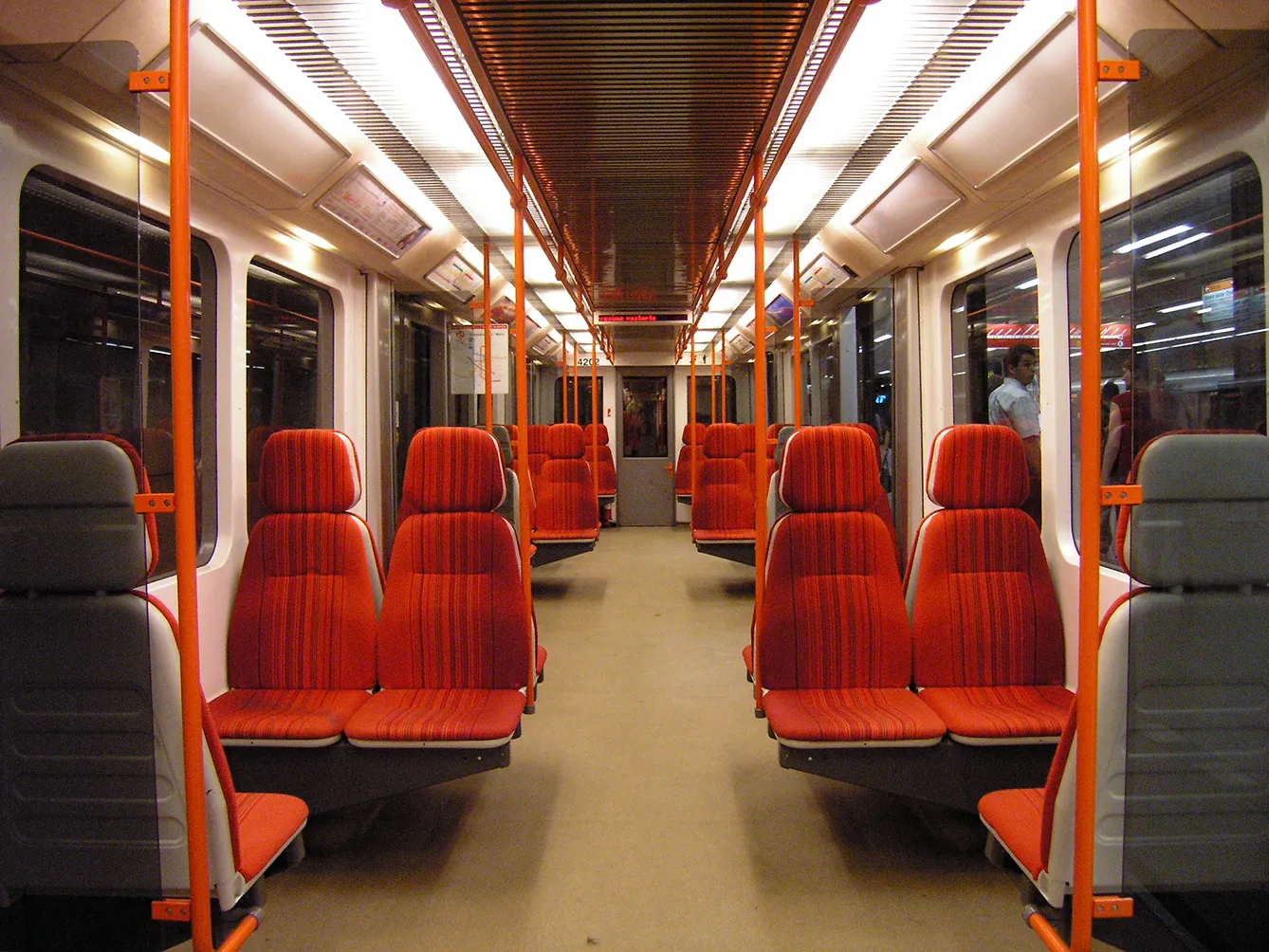
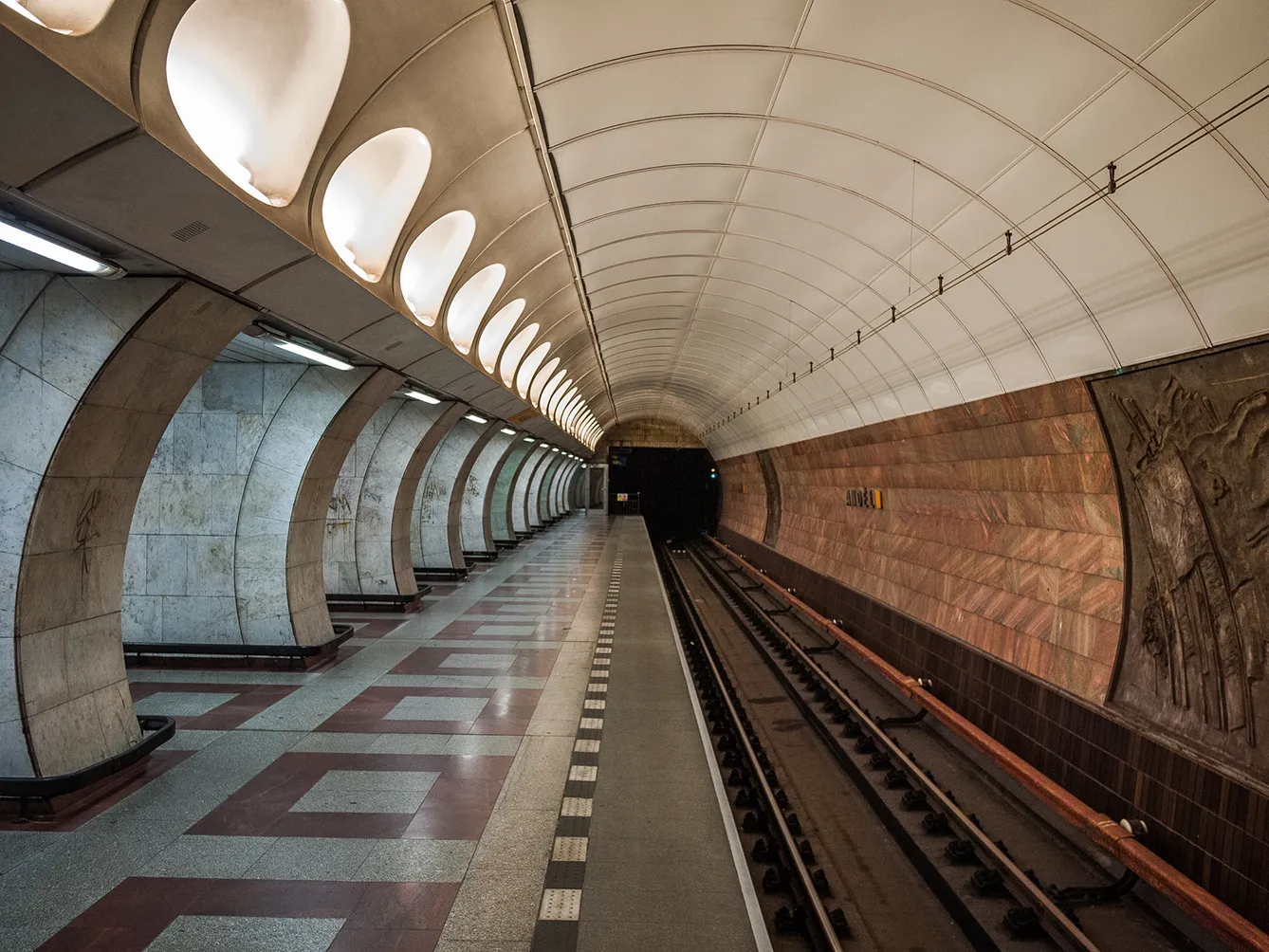
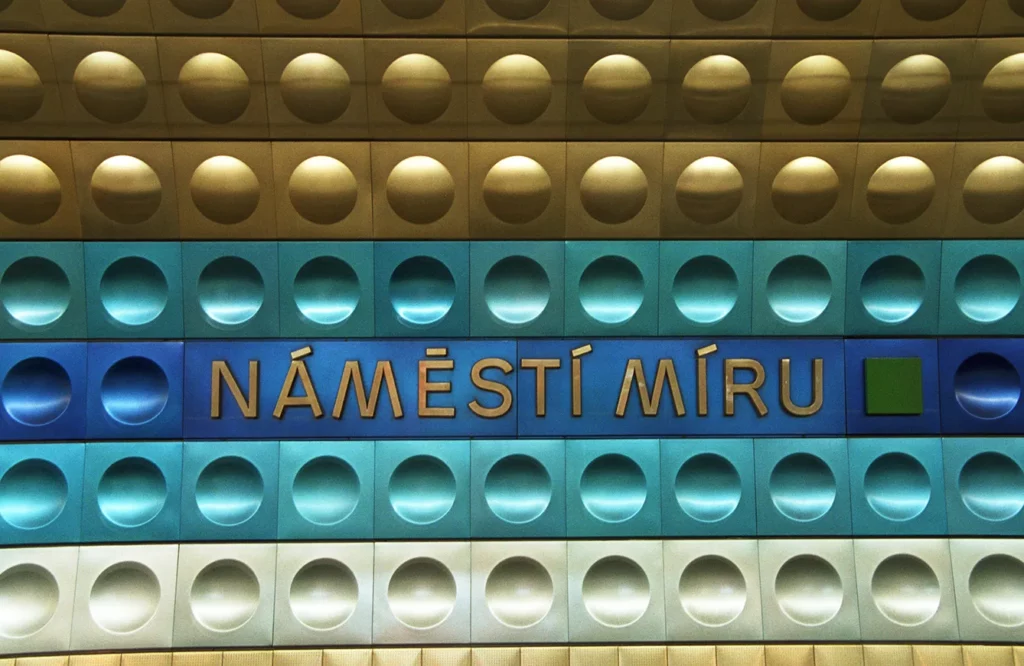
But the Prague metro is about more than just transportation, and anyone who thinks the station where they wait for the metro is just a platform is mistaken. A large part of Prague’s 61 stations is designed as a civilian shelter in case of an emergency. But this is not just the case for old stations from the communist era. Even the new ones, built after 1989, are equipped with heavy doors that can turn individual stations or the entire metro system into an enclosed safe space. This was last seen in the 2002 floods when these security doors prevented much more damage.
Reinventing the wheel
The planned metro line D is to become revolutionary in the lives of Prague citizens. The new line will connect Prague in the north-south direction and intersect all three existing lines. But the new line will not just boast that it is new. It will also be innovative, and Prague’s leadership wants to go all-in on smart technology.
Autonomous wagons are a matter of course, which will not require the supervision of several dispatchers. The control software handles everything. This new approach is very radical for a country that has so far only operated the so-called Soviet-style heavy metro. However, according to Prague’s management, the higher construction costs will be compensated by much lower operating costs in the long run.
The most important question, of course, is when the new D line will be ready. Construction started in 2022 and is scheduled for completion in 2029. When completed, the new D Line will have ten stations, with the future possibility of ten more. The total cost is then estimated at EUR 4.17 billion.
In conclusion, the only question to ask is whether Prague has made sufficient progress in the alphabet. Well, we’ll surprise you. Less than half a year ago, the city administration announced that it would commission a study for line O. As the shape suggests, it will be a circular route that will create a ring around the wider center of Prague.







